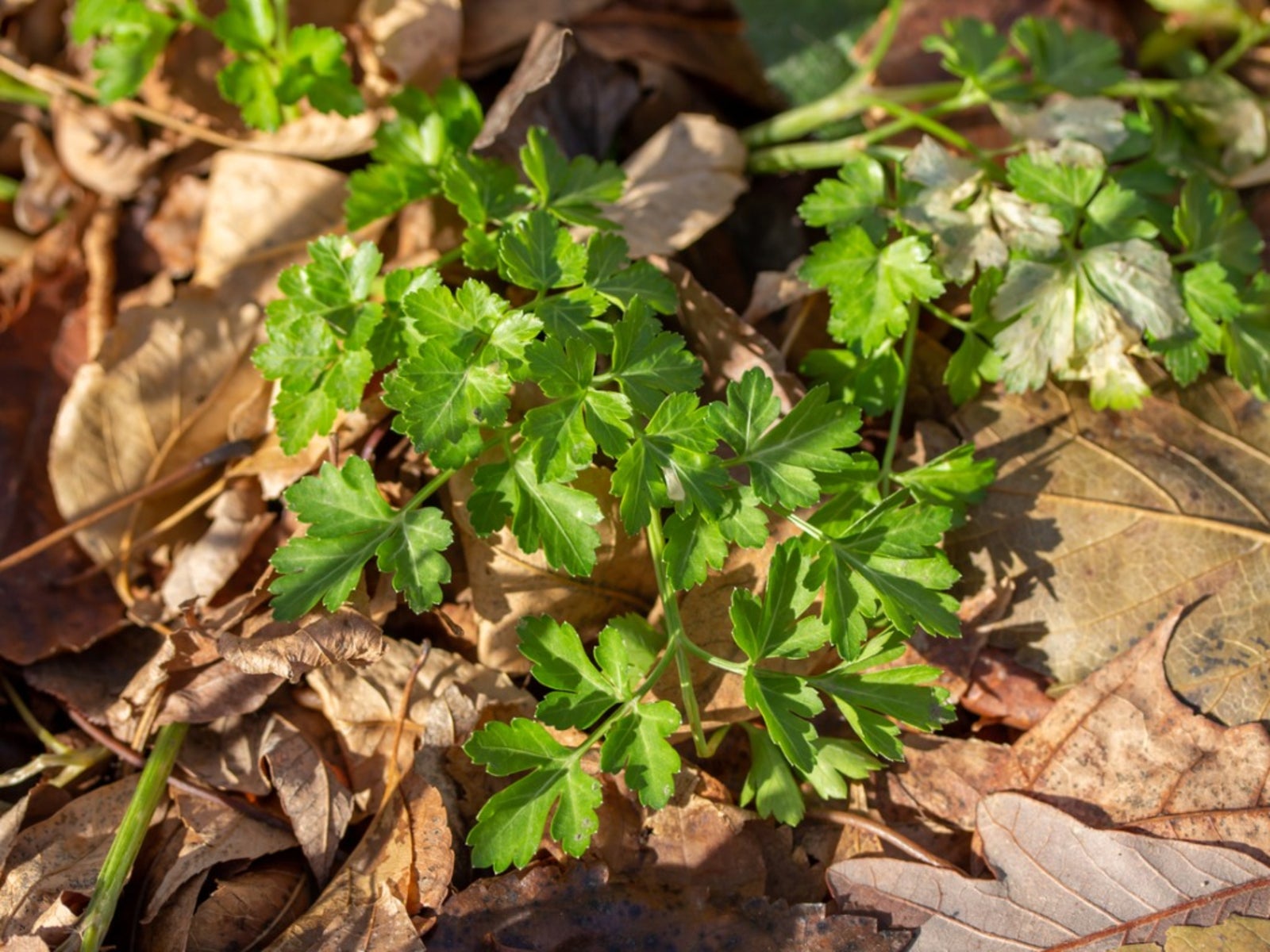
Parsley is one of the most commonly cultivated herbs and is featured in many dishes as well as being used as a garnish. It is a hardy biennial that is most often grown as an annual throughout the spring and summer months. To keep a continuous supply of fresh parsley year-round, you might ask, “Can you grow parsley in winter?” and if so, "does parsley need special care in the winter?"
Growing Parsley in Winter
So, the answer to the question “can you grow parsley in winter?” is… sort of. To fully understand about growing parsley in winter, it’s helpful to know a bit more about the lifecycle of parsley. Parsley is grown from notoriously slow germinating seed in the spring. To hasten germination, the seed should be soaked in water overnight before planting. Grow parsley in moist, nutrient rich, well-draining soil in either full sun or dappled shade. Soil temperatures should be around 70 degrees F. (21 C.).
Parsley in Cold Weather
Parsley is a bit persnickety about temperature. As mentioned, although it is a biennial, it is usually grown as an annual. That is because if you try to overwinter it, the resulting plant generally bolts (produces a seed stalk) in its second season, which results in bitter, tough leaves. That’s why most people replant each season. Parsley in cold weather conditions doesn’t bode well. That said, protecting the parsley plants can allow you to overwinter them.
Winter Care for Parsley
So how do you care for parsley in the winter? Cut the plants back in the early fall and apply about 2 to 3 inches (5-8 cm.) of mulch around them. The mulch keeps the ground from freezing and thawing in the winter. This makes it less likely that the roots will become damaged. Another way to care for parsley in winter is to dig some plants up and bring them inside. This can be a bit tricky. Parsley plants have a long taproot which can be difficult to dig up in its entirety. Dig deep to get the entire taproot and then provide the plant with a deep pot to accommodate the root. Plant the dug-up plants in the deep pot, water well, and then leave them outside for a few weeks in a shaded area to recover from the shock of transplanting. Then bring them in and place them in a sunny window. They should last through the fall and given enough light, may even produce new leaves. By late winter, however, leaf quality decreases since the plant’s life cycle is nearing an end and it is preparing to go to seed. At this time, you should deposit the aging parsley in the compost bin and start some new seeds inside for spring planting of parsley.
Sign up for the Gardening Know How newsletter today and receive a free copy of our e-book "How to Grow Delicious Tomatoes".

Amy Grant has been gardening for 30 years and writing for 15. A professional chef and caterer, Amy's area of expertise is culinary gardening.
